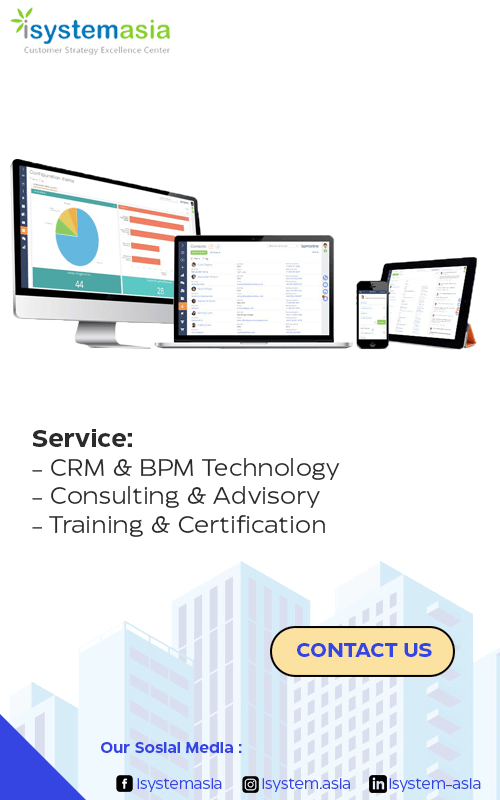
Basically, there's not much difference between creating an application with a low-code platform or with the usual development coding. But unlike conventional coding, a low-code platform all ows a developer to be creative in creating a new and valuable application, without having to do conventional coding.
Low-Code Platform Explanation
Low-code platforms are a fast way to create, design, and develop software applications with few programming languages. By using a low-code platform, developing applications becomes more effective and time efficient.
How the Low-code Platform Works
The way the low-code platform works is by having several tools that have been provided for application developers to create interface pages by drag and drop. Low-code platforms can make it easier and faster for application developers to build modern applications without thinking about difficult syntax codes.
Read Also: Best CRM Software 2022 - iSystemasia
Low-code Platform Components:
1. Application Lifecycle Manager, which is a tool for developing, creating, deploying, and maintaining applications in the testing, staging, and production phases.
2. Integrated Development Environment, or abbreviated IDE has a visual nature, which means it determines the UI (User Interface), workflows, and data models for applications that will be made in a modern way. However, if needed, a developer can add some code that can be written manually.
3. Connector, functions as a liaison between the back end system and automatically serves the structure, storage, and retrieval of data.
Features and Benefits of Using Low-code Platform
As stated by one of the developers of the low-code platform, Creatio. The low-code platform has several features:
Visual Modeling
Speed up app development with a modern UI and drag and drop features. No syntax errors, no need to create complex code. You can add the code you want freely.
High Integration
Easily connect systems and centralize owned data digitally. Use the ready-made connector to enable 2-way integration using third-party applications. Create custom integrations using APIs such as REST, SOAP, and RPC to automatically retrieve data. Handles database structure updates, runs predefined workflows. Combining Open API and Visual Modeling can speed up to 10x to create new digital experiences and modernize old systems.
Security
Creating a secure application is a standard desire of every company. By using a low-code platform, the security system that is owned has been configured so that it is ready to use. The low-code platform has high-level security features such as SOC, PCI-DSS, HIPAA, and GDPR. All the features can provide full visibility of the ongoing activities on the platform.

Industry Appropriate for Using a Low-code Platform:
1. Financial Services
2. Manufacturing/Development Company
3. Transportation and logistics
4. Provider of Communication Services
5. High-Tech Company
6. Business Services
Read Also: CRM Software is? Understanding and Benefits for Business
---
So, that's the explanation of the Low-code platform, Low-code platform is one way for application developers to find it easy to solve problems. Application developers can cut some time for application development to be more effective and efficient in terms of time use.
However, low-code does not reduce the capabilities of app makers or developers, but rather increases the ability to use and experience. Therefore, iSystem Asia provides application services with a low-code platform that will facilitate business needs to be faster and more efficient. iSystem Asia also provides several other services, such as CRM and BPM Technology, Consulting and Advisory, Training and Certification. For more information, please contact the person below.
Read Also : Low-code No-code Platform - Understanding, Difference
Questions? We’ve got answers.
Ph: +62 21-7883 3022/7883 8714
Email: lissa@i-systemasia.com



